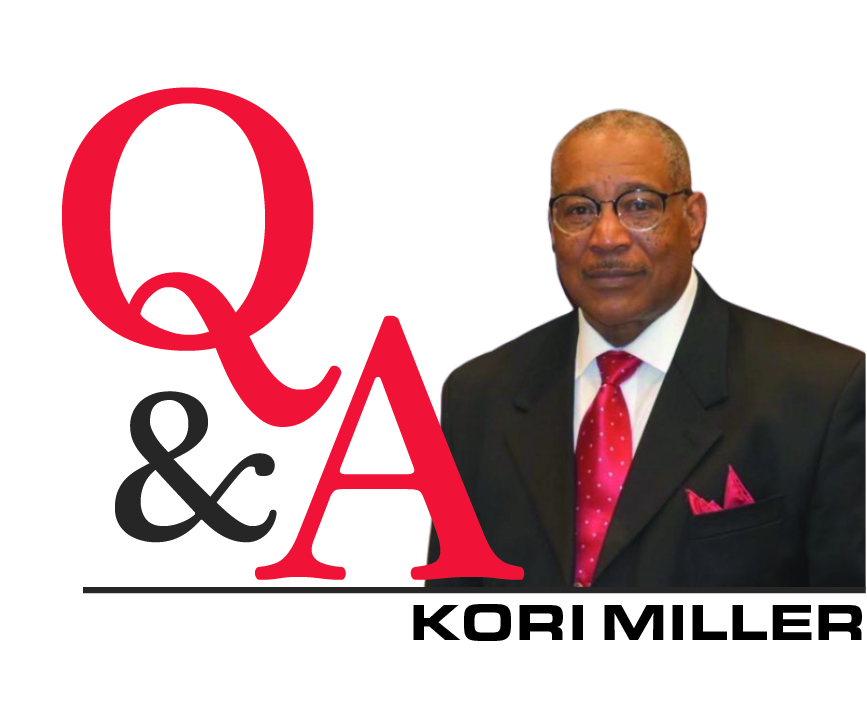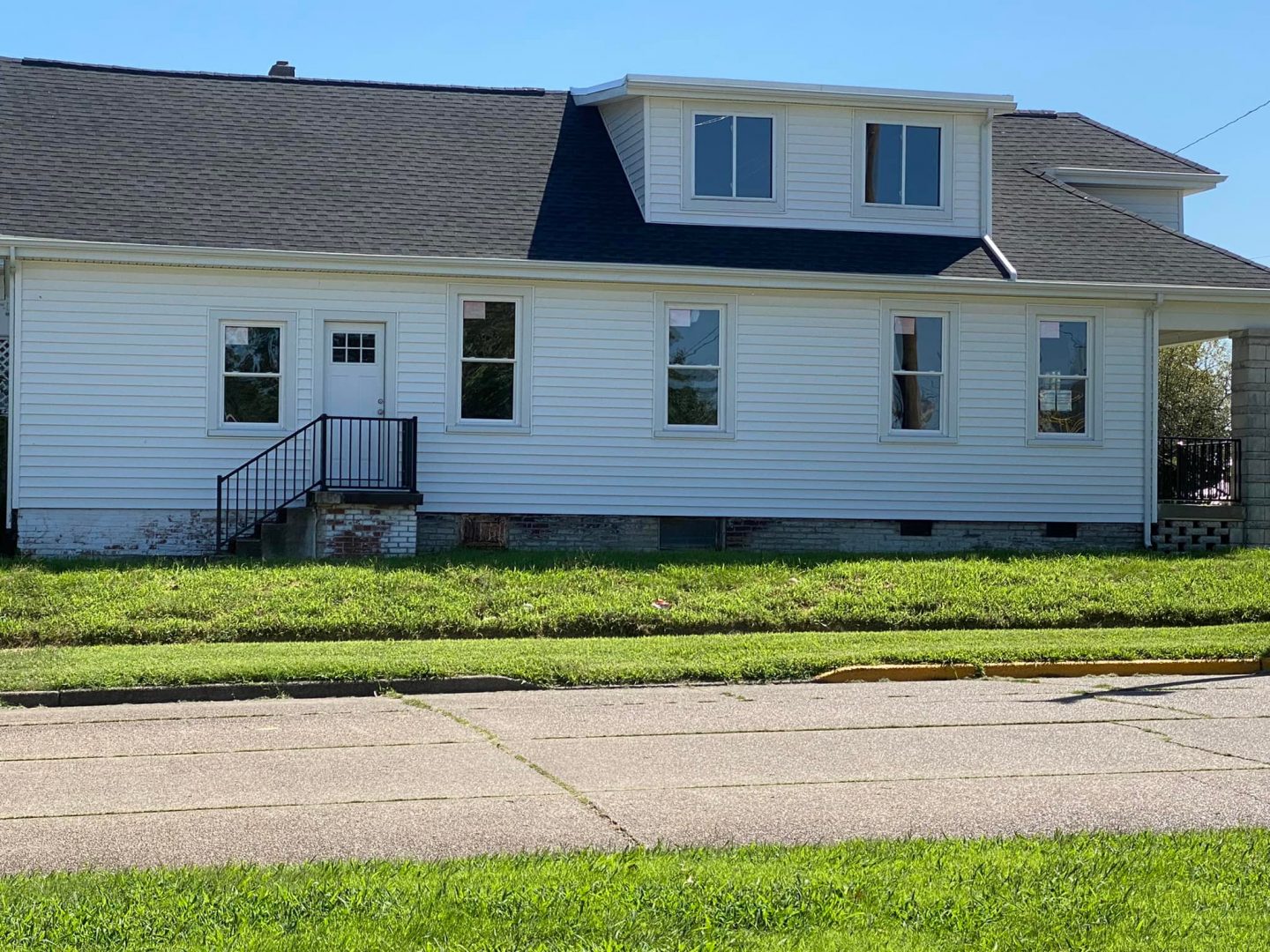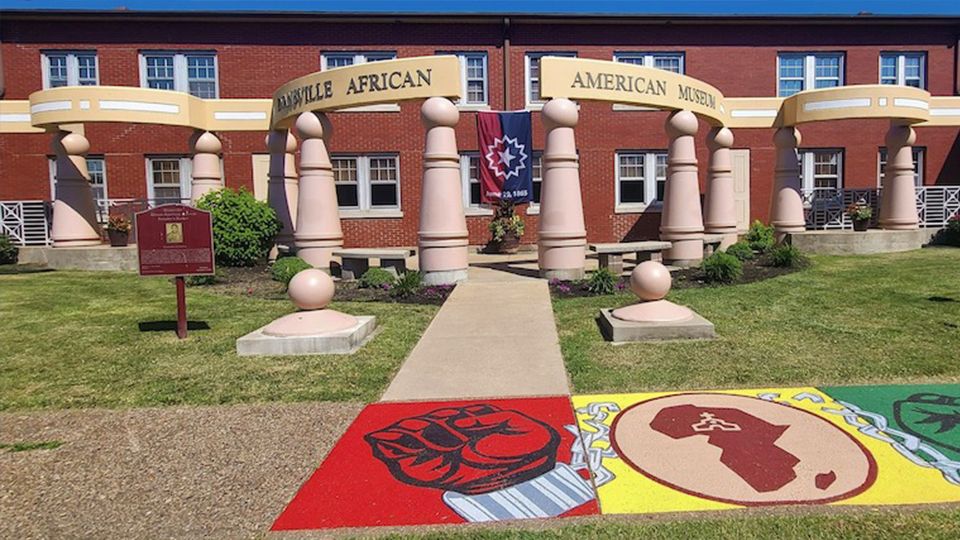Preserving history: A Q&A with Kori Miller, executive director of the Evansville African American Museum
Subscriber Benefit
As a subscriber you can listen to articles at work, in the car, or while you work out. Subscribe Now
The Evansville African American Museum started renovating a nearby historic home after the organization acquired the property from the city in 2017. But a lack of funding and the onset of COVID slowed progress on the Alfred Porter House revitalization for several years.
In July, the museum announced a $25,000 grant from the Indiana Historical Society would help finish the project and open the house as an expansion of the museum later this year. Executive Director Kori Miller told Inside INdiana Business about the relevance of the home and what the expansion means for the organization.
What is the historical significance of the Alfred Porter House and its location?
It’s on a block across the street from what was Lincoln High School, which is now Lincoln Elementary School. Lincoln High School was constructed in 1928 and was at the time a segregated high school, one of the only high schools that Blacks could go to in Evansville and surrounding areas. Teachers’ Row was right across the street. All [the] teachers who lived there taught at Lincoln.
Alfred Porter was the music teacher. His house was going to be torn down, and the city helped us acquire it and now preserve it. We’re turning it into a music and arts education facility for kids. It will be used for digital music therapy, music lessons, art education, music education and a gallery. It will also be an addition to the Evansville African American Museum across the street.

What challenges has the museum faced in restoring the house?
COVID was a challenge. We obtained the house in 2017 and received a grant from the city to do the outside. That was completed before COVID. After COVID, we started on the interior. We raise money through the support of the community and our gala to fund the mission. We’ve received some dollars, not enough, but enough to do a little bit at a time.
What kickstarted the renovation process this summer?
We just received a grant for $25,000 to help us do the work on the Alfred Porter House, and we appreciate that. It’s gutted out, and some electrical is going in. We have the furnace and air conditioning, and it’s framed up. We’re getting very close, and we’re hoping to have it done by the end of this year.
What else will the house be used for?
We will run our Ron Glass summer theater program out of it. We also just received a $5,000 grant from the Arts Council of Southwestern Indiana to do a project called COVE, which stands for Connecting Opportunities Through Visual Arts Expression.
For the most part, it’s going to be tied into the Ron Glass Cultural Arts Center. Ron Glass is from Evansville. He was on a sci-fi show most people know called Firefly, and he was on Barney Miller. He graduated from the University of Evansville in the theater program and left an endowment for the museum.
We’ll have several programs for kids, especially with summer theater where we’ll do a play with kids. And part of that COVE program is teaching visual arts, so it will connect visual arts and expression and set building, things that have to do with creating a play and a musical.
We have high hopes for doing a lot of music and arts and education history exhibits. It’s a very small facility, so that may just be a jumping-off place to get people interested and go to a much larger venue to actually have an event.

What does this expansion mean for the museum?
It means more connectivity, more ability to expand. We’re kind of landlocked here. It will also be an extension of the museum because right between us, the museum and the Alfred Porter House, is an island, and we want to include that as a part of the bigger picture.
We’re looking also to build a collection storage facility for archives. It would be temperature controlled and a place to preserve some of our artifacts, additional storage we need because we’re still growing. We’re learning how to better preserve artifacts. We got a grant for it. There’s new technology for preserving old pictures and items we have that are over 100 years old.
What does this expansion mean for the African American community in Evansville?
People are looking forward to it. They’re happy. We can tell our story better, more effectively. They like the idea that we’re including programs for kids. They like the idea that we’re honoring Ron Glass as well as Alfred Porter, who was responsible for a number of musicians who left Evansville for bigger and better things. Some of the wisdom and community spirit and pride that he affected his students with still lives on.
What else is happening at the museum right now?
We always have something on the grill, as they say. Our major fundraiser, the 15th Annual Colour of Humanity Gala, is actually next month, Sept. 30. We’re working feverishly on getting the word out and all that’s involved with doing our major fundraiser. It’s always a fabulous event.
We have silent auctions, a half pot, live entertainment—a band called NuCorp from Ohio. Our theme is the same every year: the colour of humanity. But the subtheme is based upon an exhibit that we have called Prohibition in Baptisttown. So it’s 1920s clothing.
And the COVE project, we’re going to be developing that around October, November, starting that program, getting that kicked off, and whatever that’s going to look like because we’re developing the curriculum for that now.
What’s in store for the museum in the future?
My vision is to become more vocal about what’s happening in the country. Museums can get away with stuff that schools and other places can’t. What we try to do is ensure that people are hearing that truth. We don’t have to candy-coat it. It is what it is.
My vision is also to have a budget, instead of every year having to count pennies and beg. It’s not cheap. We need repairs and upgrades on stuff from when we started, like electronics, for example. Fifteen years is a long time for electronics to work. So just replacing and maintaining. Our sewer system, we had to work on that, get it redone. It was tied into the apartments nearby. So it’s a quagmire of just trying to maintain sustainability. Also, looking at succession planning.
The hardest thing for me is just to have to struggle year to year. We should be a part of the Evansville-Vanderburgh School Corp. or the city of Evansville or Vanderburgh County or Explore Evansville. We speak well for the city. They want to bring people to Evansville, but when people get here, it’s like, well, what is there to do?
We need this museum for African Americans who are looking for some identity or somewhere to connect to the big picture. But I don’t want to just confine it to African Americans. We have a very diverse board of directors with a major grocery corporation (Schnucks), State Farm Insurance, the school corporation, teachers, business owners. We’re doing a good job of representing Evansville and this community.
